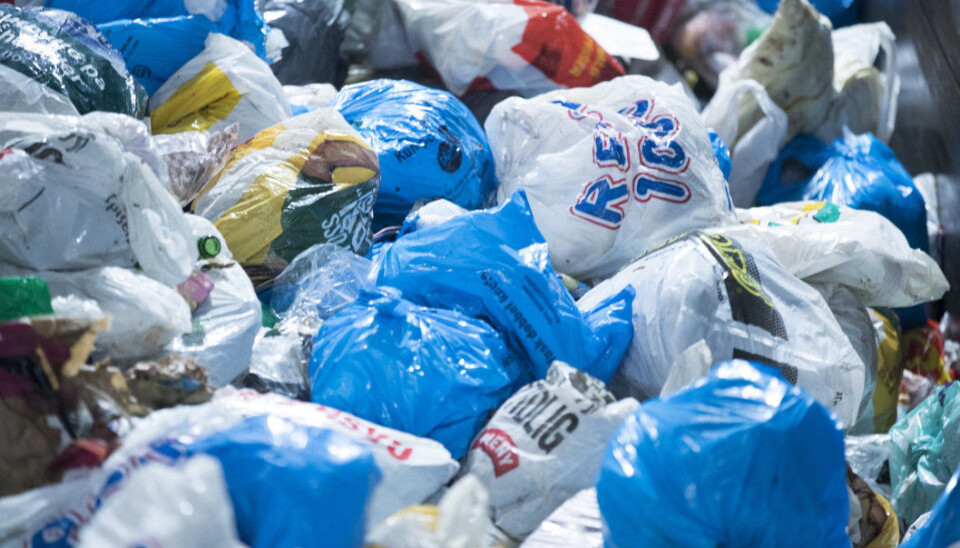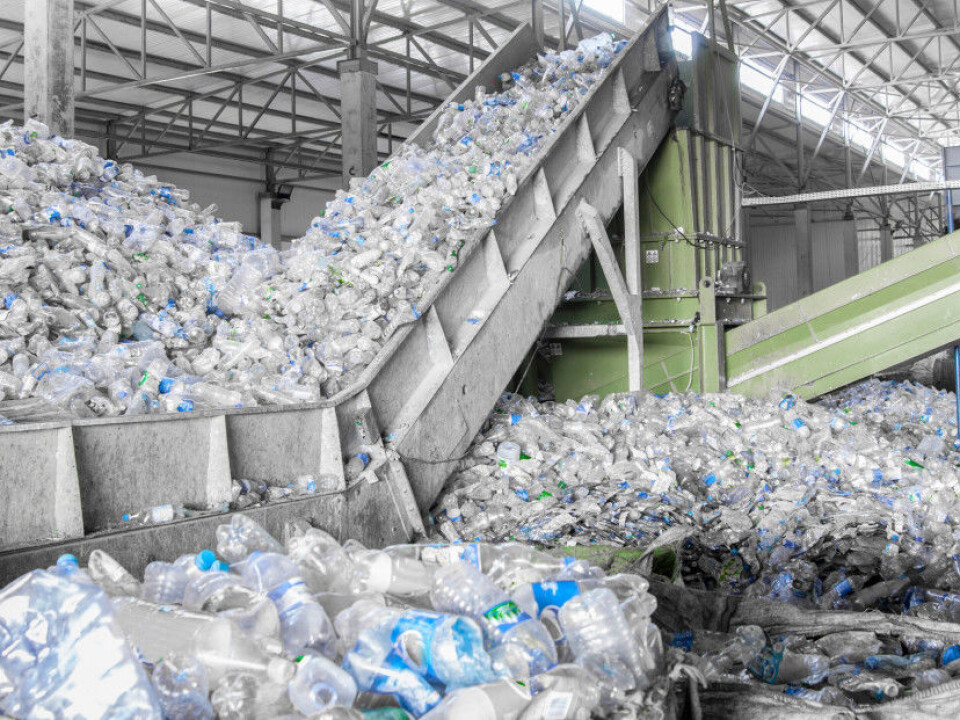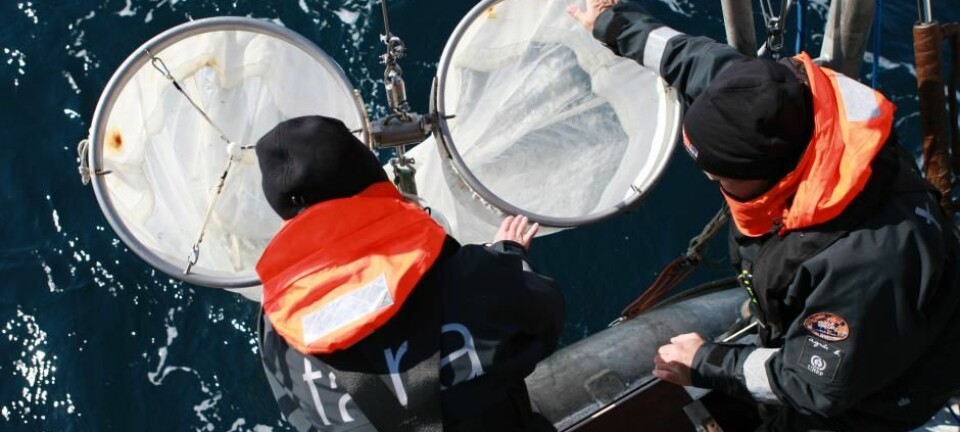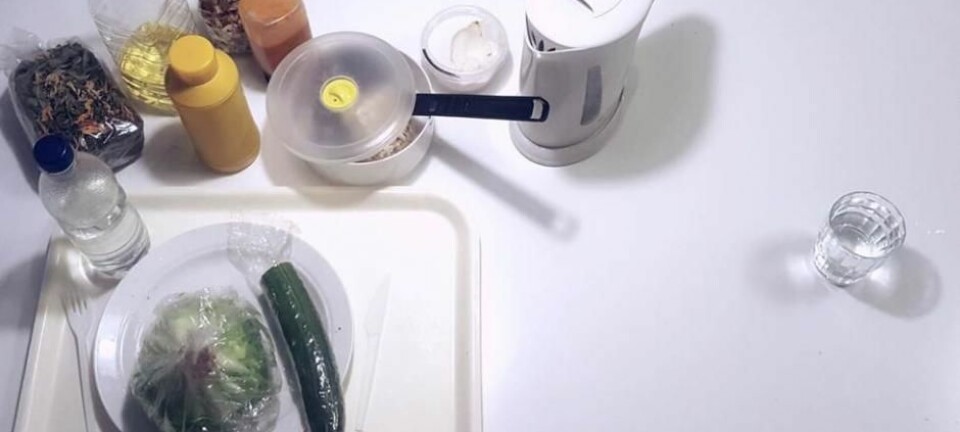
Why is so little plastic actually recycled?
A group of Danish and Swedish researchers have now tackled this exact question. Their answer? Money.
Recycling is not just about consumers separating used plastics, paper, metal and glass into the right bin. It’s all about markets for our used goods.
A group of researchers decided to figure out why most plastic that is recycled in the Nordic countries eventually finds its way into the trash. The bottom line answer is simple: It’s just not profitable enough to use recycled products.
Markets don’t work
The researchers decided to look at the different parts of the value chain for plastic, in pursuit of clues for why plastic isn’t sought after as recycled material.
The biggest obstacle, they found, is that it is not profitable enough to make new products from used plastic.

Additionally, the market for recycled plastic simply doesn’t work. People who have recycled plastic to sell and people who need different types of plastics have a hard time finding each other. This is because the market for reusable products is so fragmented.
Plastic is too cheap
"Plastic is a material that is very suitable for recycling, as long as it is good quality," says Kari Anne Lyng, a researcher at Østfold Research. She did not participate in the new study, but studies the environmental impacts of products such as plastic.
Since new plastic is so cheap to produce, it can be difficult for recycled plastic to compete, she says.
"There are also a lot of different types of plastic. When plastic is collected from households, everything is put in the same container. This plastic must be sorted. And some trash may find its way into the mix, too,” she said.

"My particular feeling is that it's good that we make people recycle. But to get the maximum environmental benefits out of recycling, there must also be a market out there for what we want to recycle," she says.
More profitable to burn plastic
The researchers behind the new study interviewed many individuals from the recycled plastic industry in Denmark and Sweden.
Several of the people who were interviewed said they believed it is very important to get the recycled plastic market to work better.
Many also mentioned the need to reduce the number of different plastic types and as well as to reduce the number of different additives in plastic.
They also pointed out that it is currently more profitable to burn used plastic with other waste in an energy recovery plant to make electricity or for district heating than to recycle the plastic.
"Electricity in Denmark and Sweden is much more expensive than in Norway. That makes it more profitable for Danes and Swedes to burn plastic and produce energy,” Lyng said.
Shipped to Germany
Used plastic packaging from Norwegian consumers is now shipped to Germany.
Lyng assumes that some percentage of Norwegian plastic is not recycled because it can’t be used for new products. Instead, it is burned and used to create energy.
The website for Grønt Punkt Norge, which has responsibility for plastics recycling in the country, says that roughly 80 per cent of all plastic collected in Norway is sorted in 5 to 7 different grades before it is recycled in Germany.
This plastic is used by the plastic industry, according to the website.
"We pay recipients in Germany extra for Norwegian plastics to be handled in this way," says Kari-Lill Ljøstad, communications manager for Grønt Punkt Norge.
Although she wouldn’t specify exactly how much extra Norway paid for German companies to recycle Norwegian plastic, she noted that the extra payments were necessary for the system to work.
“This is not a value chain that works on its own,” she said.
Germany most climate-friendly
In 2011, researchers at Østfold Research attempted to investigate the environmental impact of sending plastic packaging from Norwegian homes to Germany for recycling.
They compared this fate with the environmental impact of not sorting the plastic packaging and sending it instead with other trash to be burned for energy recovery in Norway.
The conclusion was that the most climate-friendly choice was to send Norwegian plastic to Germany. At the same time, the researchers stressed that there was considerable uncertainty about their figures, because so much depends on how the Norwegian plastic is used in Germany.
The researchers also assumed that transporting Norwegian plastic to Germany by truck for recycling consumed relatively low amounts of energy compared to other factors.
Reference:
Leonidas Milios et al.: “Plastic recycling in the Nordics: A value chain market analysis”, Waste Management, June 2018.
------------------------------
Read the Norwegian version of this article at forskning.no.





































